NAMUR NE43 standardization of 4–20mA signal levels
Namur alarm and saturation levels
18 April 2019
The 4-20mA analog signal is a widely spread standard in the industry for several good reasons. This type of signal is used by the majority of transmitters, PLCs, and distributed control systems.
The 4mA and 20mA levels correspond exactly to the lower and upper range values of the transmitter’s measurement range. A variation of their output current between 4 and 20mA means that the transmitter is working perfectly fine and the process value to be measured is within the measurement range.
But how should the output signal behave if the process value falls outside the measuring range or if the transmitter fails?
The answer has been given by an international organization called NAMUR (Normenarbeitsgemeinschaft für Meß- und Regeltechnik) founded in Germany in 1949.
The NAMUR NE43 recommendation
The Namur NE43 is a recommendation that gives a guideline on how a sensor fault can be indicated to a control system by means of the 4-20mA signal.
It, therefore, defines two signal levels outside of the normal operation range:
- Out-of-range level (saturation)
- Hardware fault level

Out-of-range signal level
When an instrument is calibrated and working properly, its output signal should stay between 4mA and 20mA for as long as process conditions are normal. But sometimes it happens that the process conditions deviate from the normal operation, such as the overfilling of a tank.
In this case, a NAMUR compliant transmitter can output up to a maximum of 20.5 mA. Its output signal is then out-of-range and located in the saturation region.
A similar but smaller saturation area is located at the bottom of the measuring range.
Another reason why an output signal may be in the saturation area is that analog signals drift over time. The low range value of the process normally corresponds to 4 mA after calibration, but within a few years, the output signal may drift, leaving the transmitter to send only 3.9 mA.
Hardware fault signal level
Smart measurement devices are capable of detecting internal faults, like a sensor or a converter failure.
When that happens, the microprocessor of a NAMUR compliant instrument will set the output signal to 3,6mA or 21,0mA, depending on how the user has set the fail-safe mode.
A lot of smart field devices will have a fail-safe mode parameter that will let you choose between downscale or upscale failure mode, as per the NAMUR NE43 recommendation.
Upscale means that the output current will be set to 21mA in case the internal diagnostics detect a fault.
Downscale means the output will be set to 3,6mA.
There is only a 0,2mA gap between the 3,6mA downscale fault signal level and the 3,8mA start value of the low saturation area because a 2-wire transmitter uses the current below 3,6mA for its own proper operation. Some manufacturers also have measuring devices that consume less than 3.6 mA.
If you use 2-wire transmitters, it is therefore recommended to set the hardware fault signal level to 21.0 mA to avoid problems with the operation of the devices at a very low current.
For 4-wire transmitters, setting the hardware fault signal level to 3,6mA is not a problem since they are not loop-powered.
Interpretation of alarm threshold levels by the control system
Ideally, the receiving controller should have an input module with a suitable software block that can interpret the input signal within a current range between at least 0 and 22mA.
By the NAMUR definition, signals between 3,6 and 3,8mA as well as between 20,5 and 21,0mA cannot occur (see white areas in the above diagram). But if for some reason they do occur, the control system should interpret them as the measurement signal rather than a fault signal.
That leaves the current signal ranges ≤ 3,6mA and ≥ 21,0mA to be interpreted as a hardware fault of the transmitter.
In order to avoid false alarms, the hardware fault signal shall be present for at least 4 seconds and a minimum of 2 signal scanning cycles before it is interpreted as a sensor fault.
If the alarm threshold is exceeded, the control system can respond to this by taking one of the following actions, for example:
- Adjust or stop the production to avoid production loss or off-spec product
- Automatically notify a maintenance technician to repair or replace the failed transmitter
- Switch the defective control loop to manual mode
- …
Vendor-specific fail-safe signal levels
Not all instrument manufacturers follow the NAMUR NE43 recommendation to the letter. Their self-declared “NAMUR compliant” transmitters use deviating values for the hardware fault signal levels.
The hardware fault signal levels may differ according to the transmitter type, even when these transmitters are made by the same manufacturer. This is, for instance, the case with Rosemount where the upscale failure mode for a pressure measuring device differs from that for a temperature measuring device, as can be seen in the table below.
Some examples of alarm threshold levels for different manufacturers:
| Alarm threshold levels | ||
|---|---|---|
| Manufacturer | Downscale failure mode | Upscale failure mode |
| Rosemount 3051S | ≤ 3,6 mA | ≥ 22,5 mA |
| Rosemount 3144P | ≤ 3,6 mA | 21,5 mA ≤ I ≥ 23 mA |
| ABB | ≤ 3,7 mA | ≥ 22 mA |
| Yokogawa | ≤ 3,2 mA | ≥ 21,6 mA |
Related topics
5 Comments
Leave a Comment
Your email address will not be published. Fields marked with * are required.




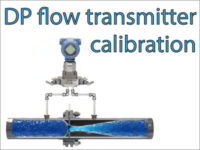
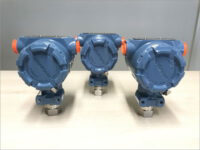
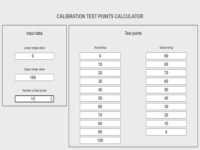
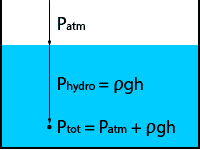
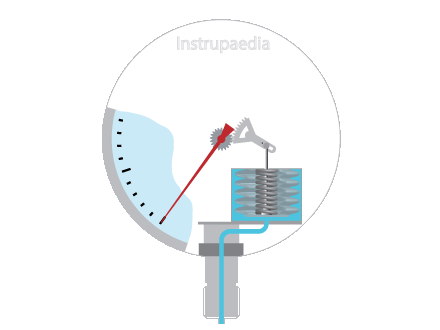
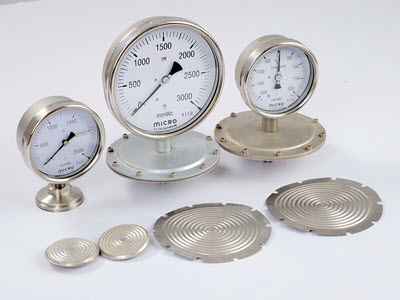

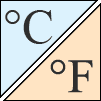
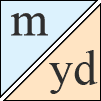
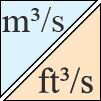


You can certainly see your skills within the article you write.
The sector hopes for more passionate writers like you who are not afraid to say how they believe.
At all times, follow your heart.
Thank you for your kind words.
I have read a few good stuff here. Definitely value bookmarking for revisiting. I’m surprised at how much attempt you make to create this wonderful, informative website.
Hi instrulearning.com admin, Thanks for the well-organized and comprehensive post!
I would like to focus on the following: “By the NAMUR definition, signals between 3,6 and 3,8mA as well as between 20,5 and 21,0mA cannot occur (see white areas in the above diagram). But if for some reason they do occur, the control system should interpret them as the measurement signal rather than a fault signal.” I think the purpose of the gap is to give the control system space for threshold checking and switching. For example, the control system can use 3.7mA as the switching threshold – below 3.7 is a fault and above 3.7 is healthy. This gives reliable integration with the transmitter without concerns of signal tolerances. If the threshold was set at either 3.6 or 3.8 signal drift could lead to erroneous detection.